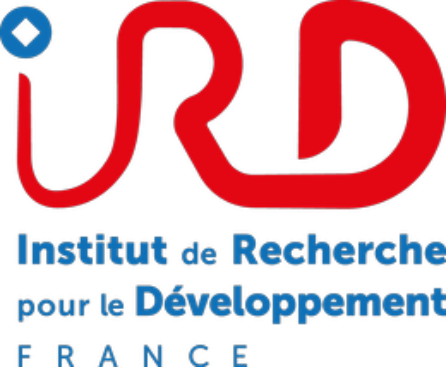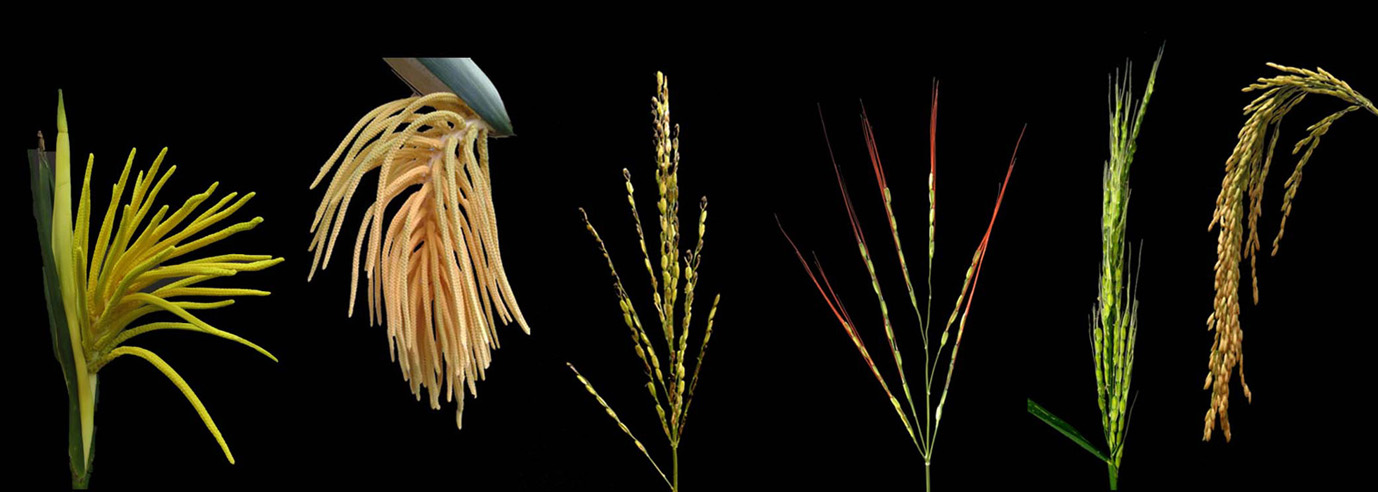Inflorescence structure is one of the most illustrative characters of biodiversity in angiosperms.
This morphological feature has been shaped by domestication and breeding in many plant species because it directly affects yield potential. However, despite the great biological significance of the inflorescence, many gaps remain in our knowledge of how its structural diversity has evolved. Through our research projects, we aim to better understand the regulatory mechanisms that govern inflorescence development. This in turn will provide knowledge that can be applied to understanding the evolution of inflorescence biodiversity and how the environment can affect its development. Our research places a special emphasis on rice, one of the world’s most important cereals and a vital component of world food security. Our research is based on comparative analyses of contrasting species or varieties in the genus Oryza and more generally in monocots, notably in the family Arecaceae (palms). By combining morphological studies, analyses of genome expression and structure, modelling (architecture and gene networks) and functional approaches, we aim to investigate the relationship between regulatory gene networks on one hand and inflorescence biodiversity/evolution on the other, in the context of domestication and natural process of speciation.
Our work is conducted in collaboration with other groups in Montpellier (CIRAD, University of Montpellier), France and internationally (Italy, Austria, Colombia, Switzerland, Thailand, USA, Guatemala), with a special partner laboratory in Vietnam: the RICE International Joint Laboratory, co-partnered by the Agricultural Genetics Institute (AGI) and the University of Science and Technology of Hanoi (USTH) along with IRD, CIRAD and the University of Montpellier.



